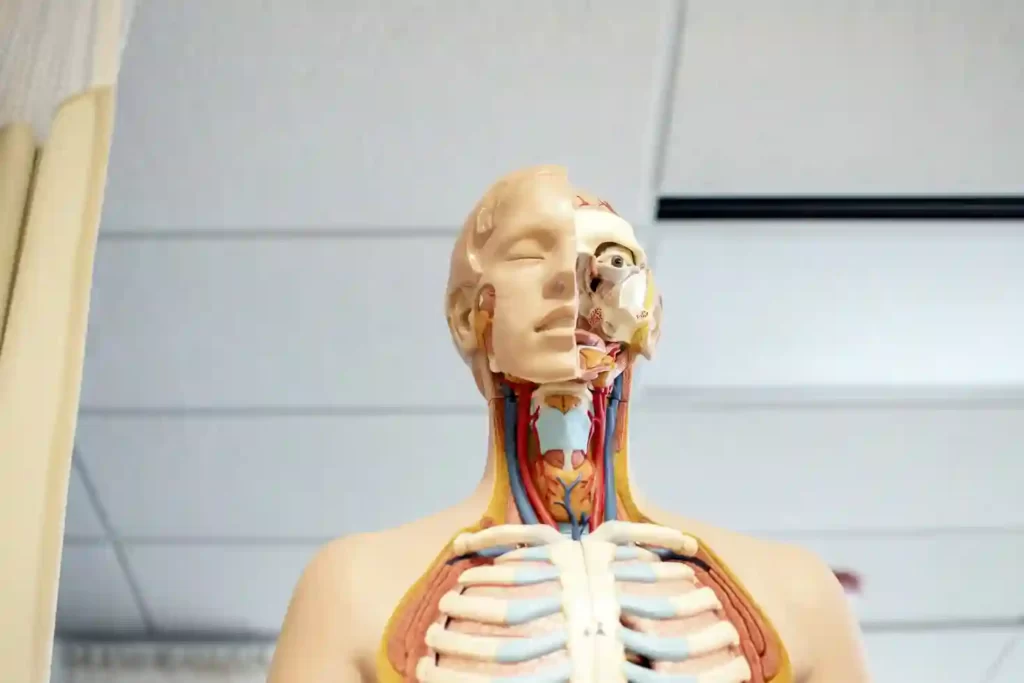If you’re the caregiver for someone who has a trach tube, then you know that it’s important to know when and how to replace it. A trach tube is an essential piece of medical equipment that helps people breathe, and if it’s not replaced correctly, it can be dangerous. In this blog post, we will discuss the basics of when and how to change a tracheostomy tube. Stay safe and healthy!
The First Change Should Happen In 7 To 14 Days
The first change should happen in seven to 14 days. This is because the trach tube is inserted into the stoma, which is a hole in the neck. The stoma will heal during this time, and the trach tube will become more secure.
After the first week, you should start to see some drainage from the trach tube. This is normal and is called secretions. Secretions are made up of mucus, saliva, blood, and dead skin cells. They help keep the trach tube clean and bacteria-free.
Routine Changes Should Happen Every 60 To 90 Days
Routine changes should happen every 60 to 90 days. This is because the tracheostomy tube can become blocked with secretions, and this can cause problems with breathing. If you notice that your loved one is having difficulty breathing, or if the trach tube becomes dislodged, then it’s time for a change.
It’s Usually Done To Put In A Different Tube Size
A trach tube is usually replaced when the patient needs a different size. The most common reason for this is that the original tube was placed when the patient was first intubated and they have since grown. In order to ensure that the new tube will fit properly, it is important to take measurements of the neck before ordering the new tube.
Another common reason to replace a trach tube is that it has become blocked. This can happen for a variety of reasons, but most commonly it is due to secretions buildup or debris getting caught in the tube. If this happens, it is important to clear the blockage as soon as possible to avoid any further complications.
How To Insert A Trach Tube
A trach tube is inserted through a small incision in the neck and goes down into the trachea (windpipe). The ends of the tubes are then connected to a breathing machine. The machine provides oxygen-enriched air to help you breathe.
The procedure to insert a trach tube is usually done in an operating room under general anesthesia. This means you will be asleep and pain-free during the procedure. Once you are asleep, a breathing tube will be inserted through your nose or mouth and down your throat into your trachea.
Your doctor will make a small incision in your neck and insert the trach tube through this incision. The trach tube will be positioned so that the end of the tube is just above the opening of your lungs (carina). Once the trach tube is in place, your doctor will secure it with sutures (stitches) and tape.
The other end of the trach tube will be connected to a breathing machine. The machine will provide you with oxygen-enriched air to help you breathe. You will be awake and able to talk once the procedure is done.
You will need to stay in the hospital for a few days after the procedure so that your doctor can monitor your condition and make sure that the trach tube is working properly. Once you are discharged from the hospital, you will need to care for your trach tube and incision at home.

Keep It Clean
You will need to keep the area around your trach tube clean and free of secretions. You will also need to suction your trach tube regularly to remove any secretions that build up in it. Your doctor will show you how to suction your trach tube and will provide you with the supplies you need to do this.
You should also clean the area around your incision every day. Always keep the incision clean and dry, your doctor will give you specific instructions on how to care for your incision.
Monitor Your Trach Tube
You will need to monitor your trach tube regularly to make sure that it is working properly. You should check the tubing and connections for leaks. You should also check the placement of your trach tube to make sure that it has not moved. If you notice any problems with your trach tube, you should contact your doctor immediately.
It is important to know when and how to replace a trach tube. This can be due to the patient outgrowing the original tube, or because the trach tube has become blocked. The procedure to insert a new trach tube is usually done in an operating room under general anesthesia. Once the trach tube is in place, the patient will be able to breathe with the help of a machine.

